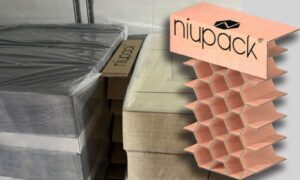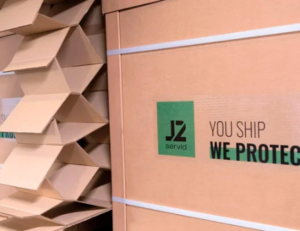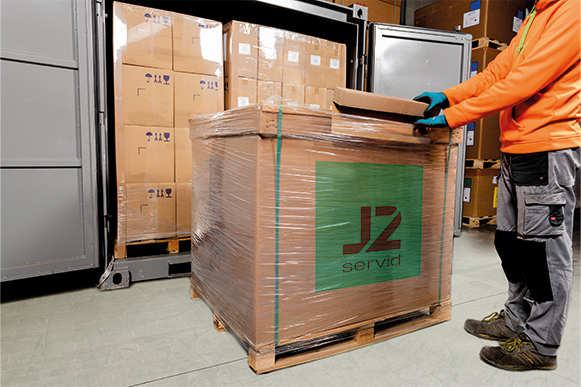
Proper packaging is essential to ensure that your cargo arrives at its final destination undamaged. Lack of adequate protection can result in financial losses and delivery delays. Let’s look at the importance of proper packaging to protect your cargo during transport, the most reliable packaging materials, how to choose the right size and shape of packaging, as well as strategies to enhance the protection of your cargo and key steps to properly secure your cargo and minimize the risk of damage during transport.
Importance of proper packaging to protect your cargo during transport
Proper packaging is crucial to protect your cargo during transport. Often, cargo is moved through different modes of transportation, such as trucks, ships and airplanes. During each stage of the journey, the cargo is exposed to vibrations, shocks and temperature changes. Improper packaging can result in significant damage, either by breakage, crushing or impact.
In addition, packaging is the first line of defense against unforeseen situations, such as dropping or rough handling. Proper packaging also provides protection against adverse environmental conditions, such as humidity, dust and other elements that could damage the cargo.
The most reliable packaging materials to avoid cargo damage
There are different packaging materials that provide different levels of protection. Some of the most reliable materials include
Corrugated cardboard: One of the most common and reliable packaging materials. Corrugated cardboard is strong and durable, providing excellent protection against shock and vibration. It is also economical and easy to design according to the specific needs of your cargo.
Polystyrene foam: Polystyrene foam, also known as expanded polystyrene foam (EPS), is a lightweight and versatile material that is widely used in the packaging of electronics and fragile products. Polystyrene foam offers excellent protection against impact and vibration, and can be customized to fit the specific size and shape of your cargo.
The only drawback of this material is that it is not biodegradable.
Kraft paper: Kraft paper is another popular material for cargo packaging. It is strong, flexible and can wrap products securely. It is also recyclable and biodegradable, making it an environmentally friendly option.
How to choose the right size and shape of packaging for your shipment
When choosing the right size and shape of packaging for your cargo, it is important to consider several factors. First, you must ensure that the packaging is large enough to accommodate the cargo without crushing it. You should also consider the dimensions and shape of your load to ensure a proper fit.
Another factor to consider is the shape of the packaging. Square or rectangular containers are easier to stack and store, while containers with other shapes are more suitable for fragile products that need extra protection. It is also important to consider whether the cargo is liquid, solid or fragile, as this will affect the choice of packaging.
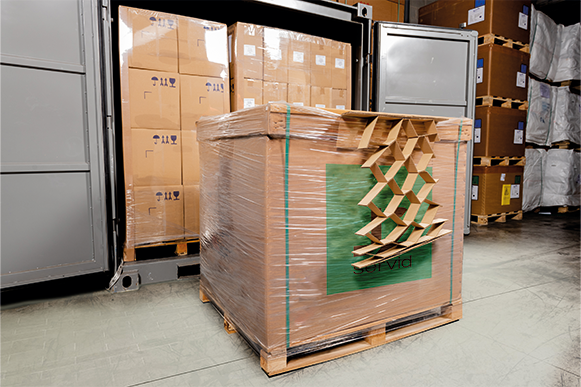
Strategies to enhance the protection of your cargo during transport
In addition to choosing the right packaging, there are some strategies you can use to further enhance the protection of your cargo during transport:
Gap filling: Use filler materials, both inside the package and outside. This will prevent the cargo from shifting and being damaged during transport.
To avoid the domino effect of your merchandise and the swinging of the same, niupack has designed different models, adaptable to all needs, such as:
- Niupack Top, ideal for truck transport and especially for the consumer goods sector, when the goods do not occupy the entire perimeter of the pallet.
- Niupack Large, useful for covering large gaps and as a more sustainable alternative to inflatable bags. Very useful for sea container.
- Niupack Panel is the rigid, non-folding model, and is ideal for stabilizing pallets that have been stacked.
- Niupack Block, ideal for separating and stabilizing overturned loads and for separating irregular goods.
In a recent post we also explained how to fill the gaps between pallets in transport, something very important when it comes to minimizing risks in palletized transport.
Structural reinforcement: If we are transporting a fragile or heavy load, we may consider reinforcing the packaging with additional materials, such as plywood panels, to provide additional protection.
Clear labeling: Be sure to clearly label cargo with important information, such as “fragile” or “this side up”. This will help carriers handle cargo properly and reduce the risk of damage.
Key steps for properly securing your cargo and minimizing the risk of damage during transport
In addition to choosing the right packaging and taking additional protective measures, it is important to ensure that the cargo is properly secured to minimize the risk of damage during transport. Some key steps include:
Securing: Use lashing straps to secure the load and prevent it from moving.
Secure corners: Use corner protectors to protect the corners of the load from possible impact and damage.
Proper stowage: Make sure the cargo is properly stowed to prevent it from moving during transport.
By following these tips, you can significantly improve cargo security and ensure that it reaches its final destination without damage. In this way we will reduce risks and costs and guarantee transportation efficiency.





